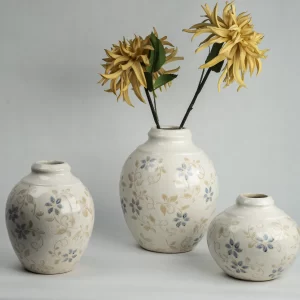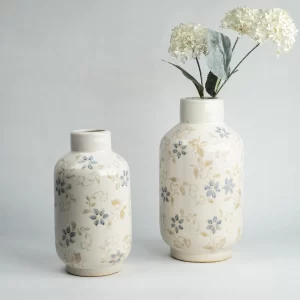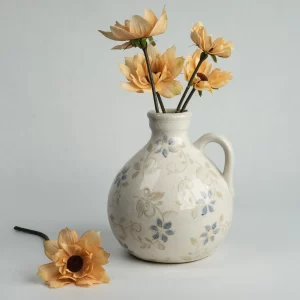Das Material der Blumentöpfe ist für das Wachstum der Pflanzen im Garten sehr wichtig. Viele Gartenliebhaber bevorzugen schöne Blumentöpfe aus Terrakotta mit natürlicher Textur. Allerdings sind diese Blumentöpfe aus Ton stark wasserabsorbierend und haben einen gewissen Einfluss auf die Bewässerung der Pflanzen. Brauchen Pflanzen, die in Tontöpfen gezogen werden, also mehr Wasser? Als Fachmann Großhandel Blumentopf Herstellerwerden wir dieses Thema mit Ihnen besprechen.
Wasserabsorptionseigenschaften von Blumentöpfen aus Ton
Terrakotta-Blumentöpfe werden aus natürlichem Ton hergestellt, der sehr atmungsaktiv und saugfähig ist. Im Vergleich zu Blumentöpfen aus Kunststoff oder Metall nimmt die Oberfläche eines Blumentopfs aus Ton das Wasser auf, wenn er gegossen wird. Das bedeutet, dass der Blumentopf eine Zeit lang feucht bleibt, und selbst wenn die Oberfläche des Bodens trocken aussieht, kann die Feuchtigkeit im Inneren des Blumentopfs noch auf einem gewissen Niveau bleiben.
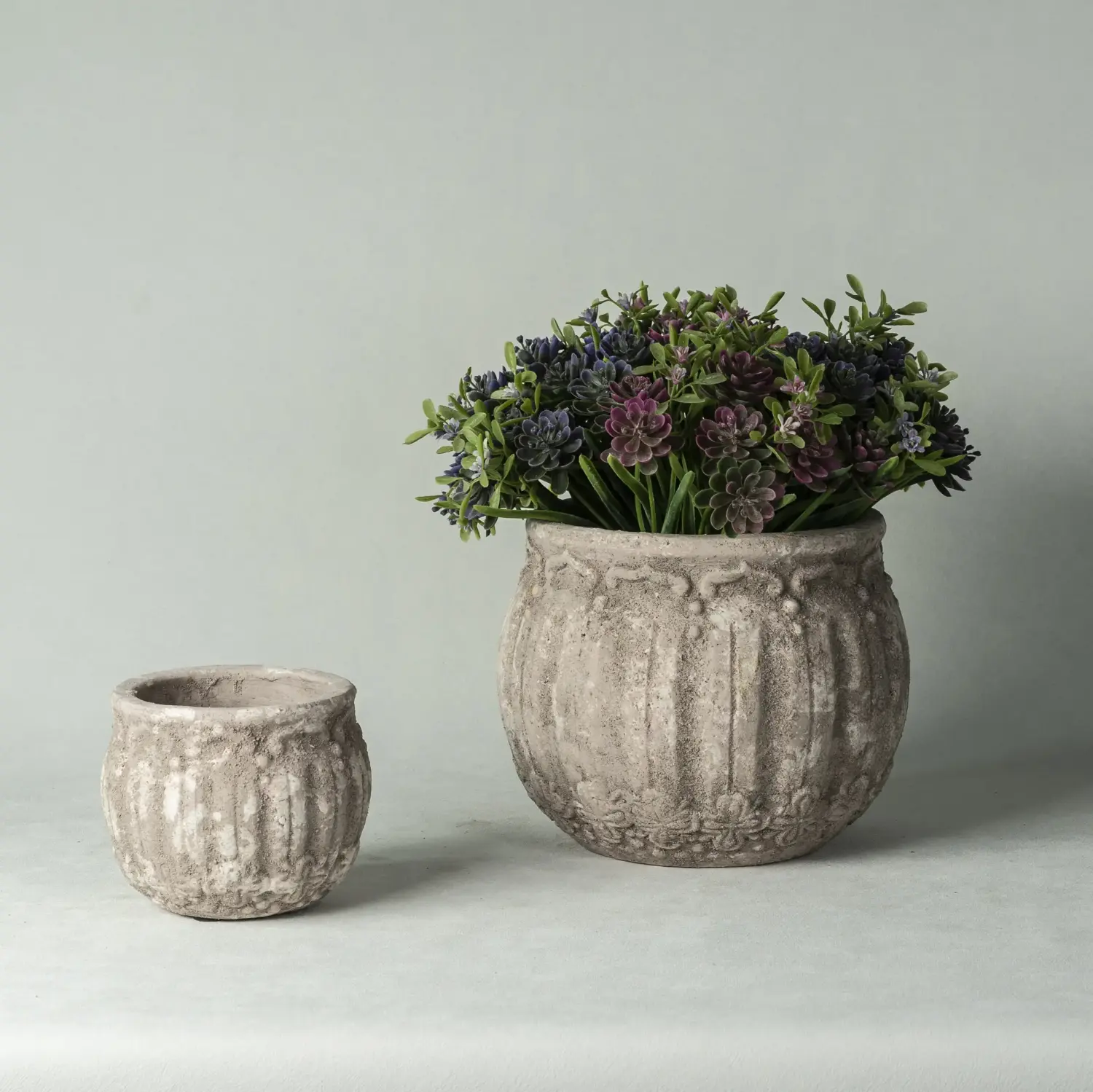
Einfluss der Luftdurchlässigkeit auf das Pflanzenwachstum
Die Luftdurchlässigkeit von Tontöpfen hilft den Wurzeln der Pflanzen zu atmen und verhindert, dass die Wurzeln aufgrund von Sauerstoffmangel verfaulen. Diese gute Luftdurchlässigkeit wirkt sich auch auf den Wasserbedarf der Pflanzen aus. Da das Wasser an den Wänden des Topfes leichter verdunsten kann, müssen die Pflanzen möglicherweise häufiger gegossen werden, damit die Wurzeln nicht durch Trockenheit geschädigt werden.
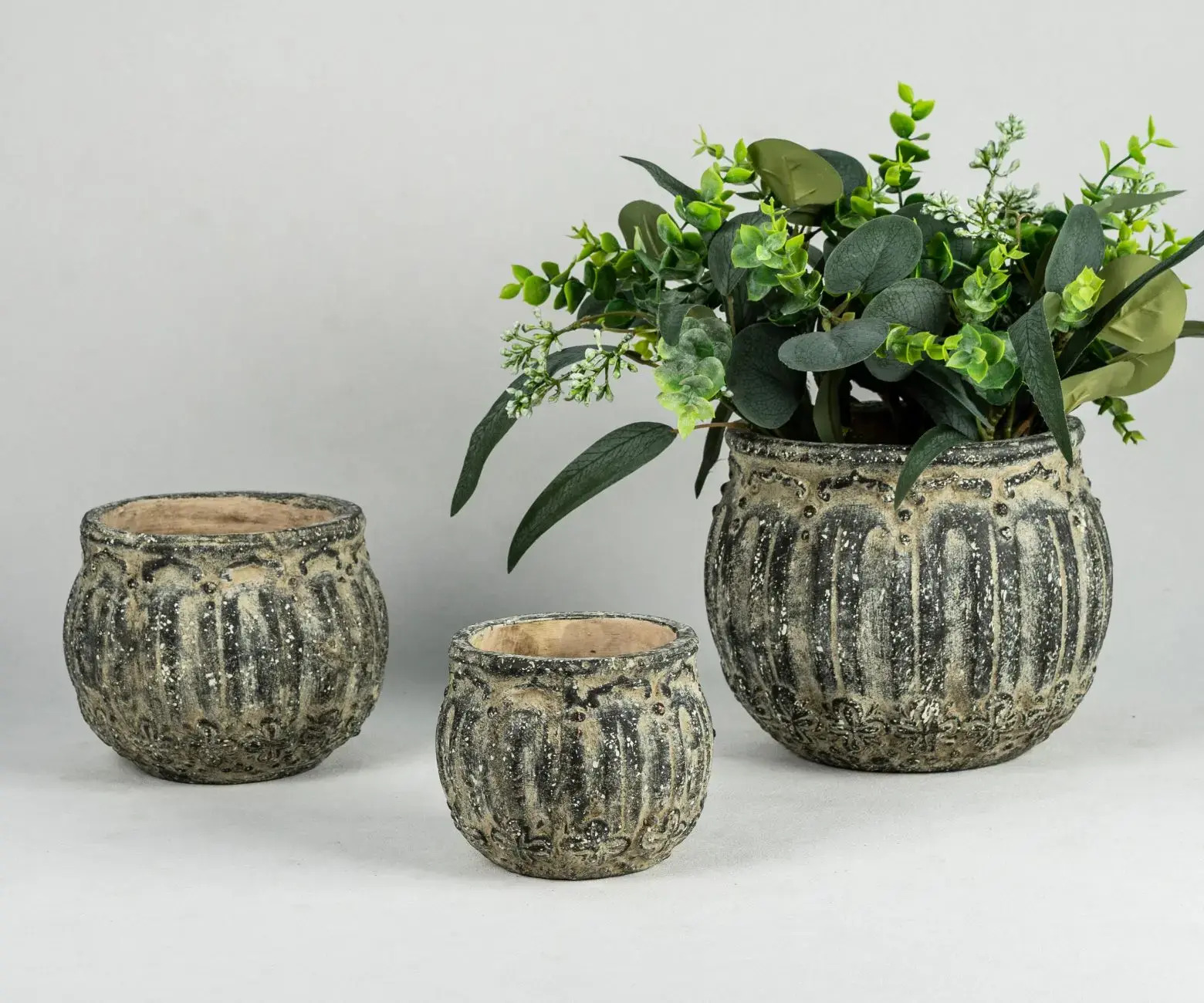
Verdunstungsrate des Bodenwassers
Tontöpfe sind sehr atmungsaktiv, und das Wasser kann leicht durch die Topfwände verdampfen. Daher benötigen Pflanzen in Tontöpfen unter Umständen mehr Wasser als Pflanzen in Töpfen aus anderen Materialien. Besonders in trockenem Klima oder bei hohen Temperaturen verdunstet das Wasser schneller.
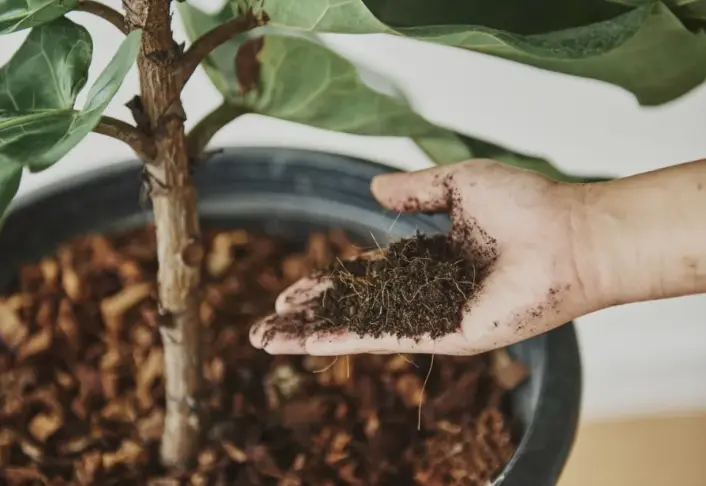
Wie erkennt man, ob eine Pflanze gegossen werden muss?
Obwohl Tontöpfe die Verdunstung von Wasser beschleunigen, bedeutet dies nicht, dass wir übermäßig gießen müssen. Ob die Pflanze gegossen werden muss, lässt sich am besten beurteilen, indem man die Feuchtigkeit des Bodens überprüft. Sie können Ihren Finger etwa 2-3 cm tief in die Erde stecken, um zu sehen, ob die Erde noch feucht ist. Wenn die Erde trocken ist, müssen Sie sie gießen.
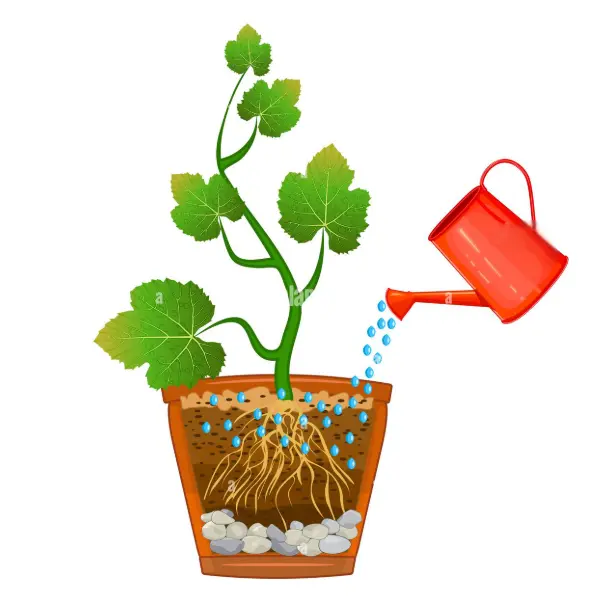
Wie hält man Pflanzen richtig hydriert?
Obwohl Terrakotta-Töpfe mehr Wasser benötigen, gibt es verschiedene Möglichkeiten, den richtigen Feuchtigkeitsgehalt zu erhalten:
- Wählen Sie den richtigen Boden: Verwenden Sie einen gut abfließenden Boden, der verhindert, dass sich Wasser um die Wurzeln sammelt und das Risiko von Wurzelfäule verringert.
- Verwenden Sie eine Matte: Legen Sie eine Matte unter Ihren Terrakotta-Topf, um überschüssiges Wasser aufzufangen und zu verhindern, dass es abläuft.
- Angemessenes Wasser: Passen Sie die Bewässerungshäufigkeit an die Bedürfnisse Ihrer Pflanze an. Denken Sie daran, dass eine Überwässerung auch zu Wurzelproblemen führen kann.
Vorteile und Nachteile von Blumentöpfen aus Ton
Vorteile
- Gute Luftdurchlässigkeit: fördert die Gesundheit der Pflanzenwurzeln.
- Schön und natürlich: Das Aussehen und die Beschaffenheit von Blumentöpfen aus Ton sind natürlich und können die gesamte Gartenlandschaft aufwerten.
- Feuchtigkeitsregulierung: geeignet für Pflanzen, die eine feuchte Umgebung mögen.
Benachteiligungen
- Leicht zu trocknen: Das Wasser verdunstet schnell und muss jeden Tag gegossen werden.
- Leicht zu brechen: Lehm ist zerbrechlich und kann leicht zerbrechen.
- Schweres Gewicht: Im Vergleich zu anderen Materialien sind die Blumentöpfe aus Ton schwerer.
Zusammenfassung
Da Terrakotta-Töpfe sehr atmungsaktiv sind und das Wasser schnell verdunstet, benötigen die Pflanzen im Allgemeinen mehr Wasser. Die richtige Bewässerungstechnik und die Auswahl der Erde können jedoch dazu beitragen, dass die Pflanzen gesund bleiben und Wurzelprobleme aufgrund von Überwässerung oder Wassermangel vermieden werden. Wenn Sie die natürliche Schönheit und Atmungsaktivität von Terrakotta-Töpfen schätzen, sollten Sie die Bodenfeuchtigkeit regelmäßig überprüfen und bei Bedarf entsprechend gießen.


